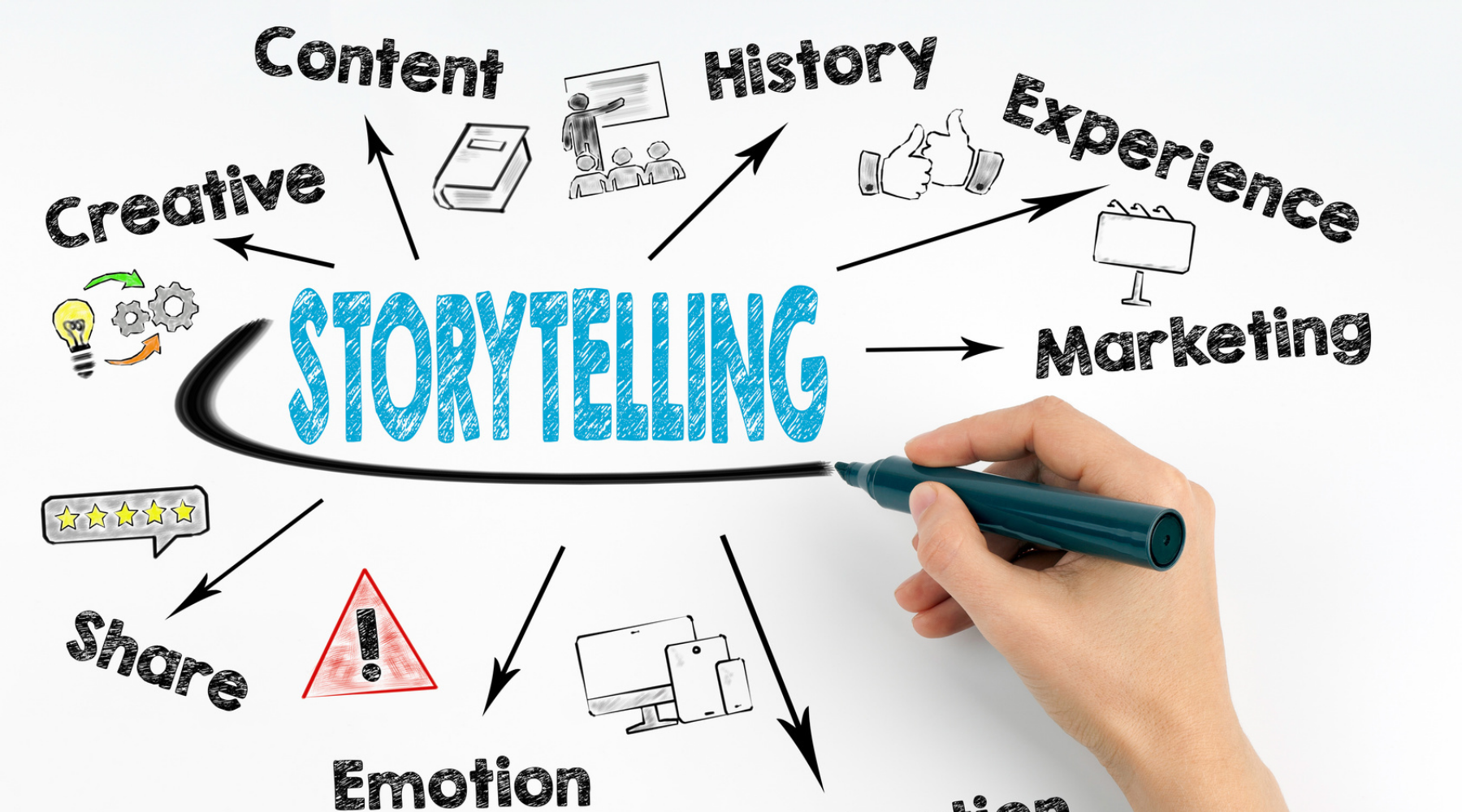Brand Storytelling in Email Marketing: Tell Today and Sell Tomorrow
There are many forms in which email-marketing comes. Some are just used for promotions and others educational campaign. Each campaign follows different goals. Storytelling is a method that is not used widely and not performed well. The marketers and sales representatives realized that markets are now overstuffed, so they introduced a "Storytelling" technique. It became popular when the market is overstuffed. A new method will help the company to take a position in the mess of other offers, sales, and deals. Storytelling was invented or applied in email marketing to save time. Storytelling is a powerful tool to pass information. Storytelling is the best way to get a strong emotional response from the customers.
What is Storytelling?
To deliver information to the listeners using idea or fact, a technique is named Storytelling. It is the best way to create a strong relationship between the user and the company. It also connects the user and company emotionally. To create a meaningful relationship with users, marketers use Storytelling. 92% of the users like to see add like a story. The biggest fact is that we retain 70% of information through stories and only 10% from statistics and data. A story-activated brain for experiences while in bare facts human brain solely focuses on language parts. To evaluate a brand, we use feelings rather than facts. Those feelings show our intention, loyalty, and trust towards the brand. Storytelling has a great relationship with cognitive psychology.
Lisa Cron, a famous psychologist, quoted in her book Story Genius: use core principles of human perception, thinking, and memory in stories for positive emotional response and desired decision-making from the audience.
Importance of Storytelling
Storytelling plays a vital role in email marketing. CBT has discussed some of the points which shows the importance of Storytelling:
The emotional bond
Stories build an emotional bond between the brand and the customer. To release the stress, a story accesses different areas of the brain. This is a process in which readers are involved in the beat of your story and experienced it as their own story. Some people are vulnerable to purchase emotionally driven products. A well-spoken story attracts customers towards the brand, which boosts their loyalty.
Create strong impression
A powerful and well-spoken story can stick in the mind of the listeners. It creates an emotional connection between the organization and its audience. It is a fact that messages withlevels are imprinted in memory 22 times better than bare facts.
Stories uncover the brand personality
Stories are used to present the values and visions of the company. Stories can also demonstrate the company's features, which makes the brand stand out from the rest. When you give an overview of the company's background and experiences, you allow your customers to know better about the corners you are achieving and the problems your products need help to solve.
Components of a good story
Let's discuss the three components of a good story:
Characters
To create a link with the audience, a story needs a character. In terms of email marketing, the character may be the product, company, or a key personality that greatly impacts its formation. For example: Who was the founder of the company? Who motivated you to start the company? Who designed the logo? How you choose these products or services?
Conflict
Once you have selected a character, catch your reader's attention by letting them know about your experience and connecting them with your story. For example: What motivated you to start the company? What obstacles did you face in your journey? What errors have you made? What you learnt from your errors?
Resolution
Make it clear that the story you present has the right context of your story's character and conflict. Always leave your subscribers with a resolution. With a clear solution, you allow your users to follow your actions. For example: what benefits does your products hold for your customers?
Approaches to make the stories
Let's discuss some of the approaches that you can use to make the stories work for your email:
Linear approach
This kind of Storytelling presents the main events of the story in a logical order as they happen. In a linear approach, the narrator is in full control of the story, and the reader does not interfere while the narrator is speaking. The Hustle used this kind of approach in their welcome email. The company CEO asked his team to introduce a story to the subscriber in a light and clear way, which creates fun.
Linear Interactive Storytelling
In this approach, the reader has more control over the flow of the story. They can interact with certain parts of email content. It is better to link the text or images on your website using innovative and interactive Storytelling in email marketing.
Interactive Storytelling with multiple options
In this approach, various story endings are depending on the options that readers chose. This storytelling method focuses on the users' interest and energizes their curiosity to reveal the termination of the story.
Examples of Storytelling in an email
Let's discuss the type of stories that can be used in email marketing:
Success story
Motivate your existing customers to talk and share their feedback on using your products or services. No doubt, you are the only one who can boast about the company's achievement.
'Reason why' stories
If you plan to bring a special offer, present it with a story when promoting it. Send these offers to the user's inbox.
Origin stories
Origin stories give a nice opportunity to greet new subscribers and enable them to know about your company. Show your inspiration why you start the company or launch the product. Create an email that shows the bonus of your product or services.

